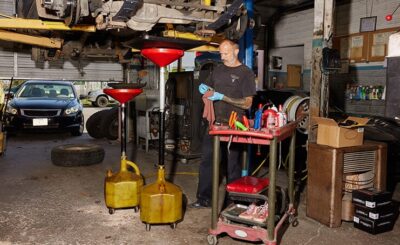Though your customer experience requires different steps, according to the nature within the transaction, one factor remains true whatever your industry: clients are more and more more demanding simplicity and ‘flow’ in the aid of reaching you.

The idea the client expects a great buying experience is, clearly, not new, nonetheless the fascination with ‘ease of use’ and ‘simplicity’ to get them in a single place to a different isn’t greater with elevated sophisticated way of calculating conduct through neuroscience, more light remains shed concerning this subject.
The need for ‘flow’
In 1998, psychology investigator Mihaly Csíkszentmihályi authored that people who perform seamless, sequence-based activities regularly tend to be happy than individuals that do not. He described this conduct as ‘flow’.
It absolutely was very prescient after we consider the way the average person in western societies now purchases services and products.
For services and products we do not know, we’ll make an online search (likely round the mobile phone), research providers for your need, then submit an application for social proof we’ll then look for a couple of websites and expect a seamless buying experience. Including easy identification within the product we wish, a apparent understanding in the benefits and features, along with a straightforward approach to have it and get it for that door.

For services and products we’re more skillful about (like Amazon. com or hotel booking websites for example) it’s even faster and far simpler – using this details pre-loaded. A couple of clicks that is done, through getting an e-mail confirmation making use of your Inbox.
It could not get much simpler. Effective companies have incorporated Csíkszentmihályi’s words for his or her entire modus operandi. They work effectively given that they provide a MORE seamless experience Body which breeds confidence and rely on the client experience.
Individuals websites that haven’t yet mastered this – that have a problem with poor product display, difficult-to-fill forms, and clumsy call-to-action buttons (‘Register Here’ or ‘BUY NOW’) – will not last extended. Slow, interruptive processes simply don’t wash within the digital age.
During 1969, Robert B. Miller’s noticed in the paper Response Over time Man-Computer Conversational Transactions that people are preferred and productive with response occasions of under two seconds.
Meeting ‘baseline’ expectations
When the could possibly get for that buying point, most customers now expect an amount, seamless experience – or they’re going elsewhere to have it and they also may never return.
Number of companies have enough money to demonstrate away customers such as this. Creating a base of loyal customers who discuss their experience positively to buddies, and thru social networking channels, means first meeting ‘baseline’ expectations and services information.
‘Baseline’ is viewed as the grade of client feel the organisation expects to provide with each and every single client – and simple expertise increased to get one of these brilliant.








